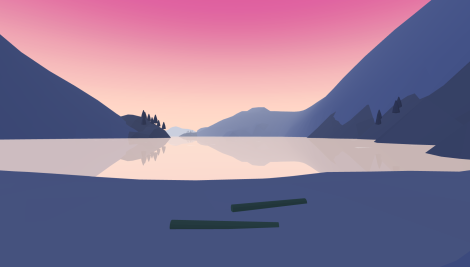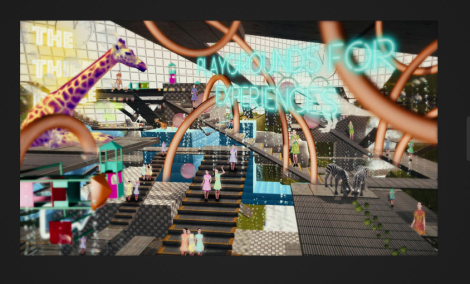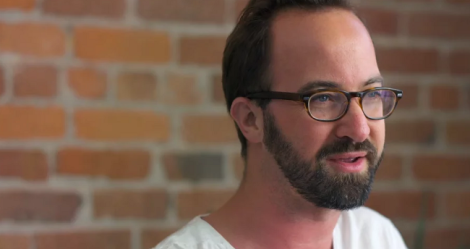Storytelling & VR eCommerce experiences

Image: “Sechelt” is a virtual reality visualization of an inlet in British Columbia’s southern coast, It was designed and built by Josh Carpenter of Mozilla…More >> www.mozvr.com
Google’s chief game designer Noah Falstein, has been making games since 1980 and was an early hire at Lucas Arts joining Google in 2013. Falstein spoke last week on a VRLA (VR Los Angeles) panel entitled Storytelling for VR. Falstein was joined by Chris Edwards (VRC), Neville Spiteri (WEVR), and Robert Stromberg (VRC).
VR uses
As Fortune reported during the panel discussion Falstein spoke about how indie games would be vital for VR market. But will games continue to be the leading VR content as VR technology matures? Especially as VR accelerates in consumer uptake with the release of VR headsets like Oculus in 2016 and beyond? As Falstein said this this likely change over time.
Storytelling in VR eCommerce experiences
At Snobal we’re interested in the potential that VR provides to brands to tell their stories in VR eCommerce environments or if you prefer “stories”.
Because in an online VR eCommerce “story” brands will have at their disposal the ability to ‘tell’ or rather enable users / customers / visitors / gamers (what to call those people experiencing your brand VR ‘story’?) the ability to fully immerse themselves in a way never seen or done before. Over time what impact will this have on the brands themselves?And what role will VR eCommerce play in the development of the broader VR language per se?
For example, through watching movies and TV we all have an understanding (although we might not be aware of this) of film language. We understand in a movie when suspense is being built up from the pace, the way the camera moves and the use of music and lighting. We know if someone is watching the protagonist secretly from the camera position.
This same common “VR language” does not exist – yet.
At Snobal we’re exploring what are some of the nomenclatures of VR language in the context of a VR eCommerce experience? What impact will colour have? How do you ensure accessibility? How immersive will brands and indeed their customers want the experience to be? Will customers want to be “ghosts” or perhaps be characters / participants in the VR experience? What about ratings? Will it be necessary to have ratings for VR eCommerce experiences? (this is one topic mentioned briefly by the panel).
As Robert Stromberg, Founder, Director, VRC and also two time Academy Award winner for the production design on Avatar & Alice in Wonderland says:
“We have been so comfortable behind this sort of dark window [i.e screen] watching others people do things….When you put someone in there you’re into the fear of am I intruding? Am I supposed to be seeing this?….Am I the participant? Am I the character?What are you?…We are all struggling with these same things…It’s all about where you are positioned. Imagine if a director on a Broadway play put you on the stage as a ghost watching them. Would you have the experience? How would that feel? I don’t know…”. – Robert Stromberg
Josh Carpenter of Mozilla’s UX team wrote in a recent article entitled Step Inside the Virtual Universe—How VR Will Transform the Web, which appeared on Singularity Hub – “…we believe that the web will make virtual reality better”.
What nomenclature of VR language will develop over the next two years? The next five years? Particularly when the tools to create VR content and VR eCommerce experiences are easily accessible. What’s your thoughts? Would love to hear.
You can watch the full panel VRLA panel discussion here.

 Previous Post
Previous Post Next Post
Next Post


